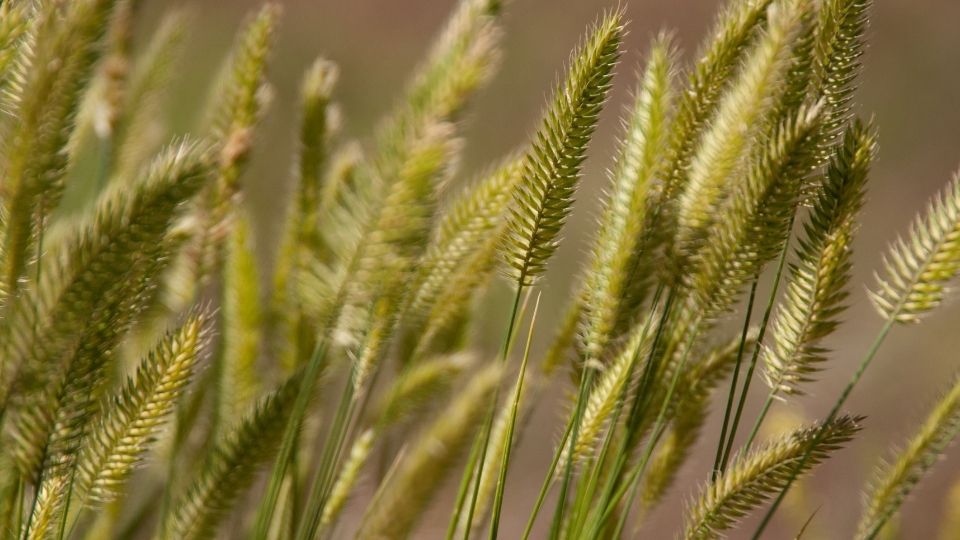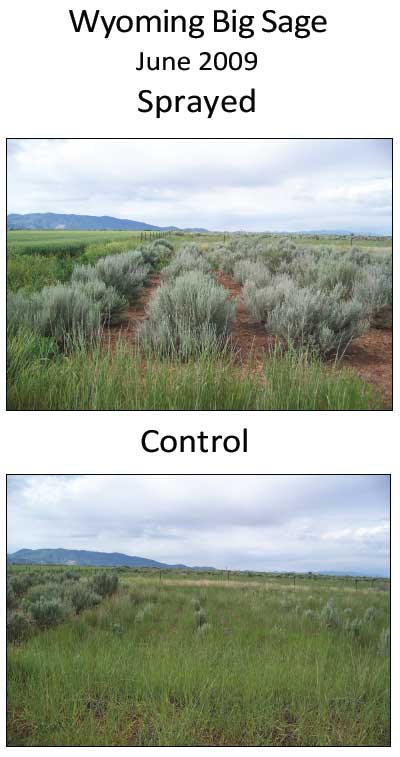Introducing Sagebrush Into Crested Wheatgrass

Project Participants: Bob Newhall, Boyd Kitchen, Phil Rasmussen and Chod Stephens
For decades crested wheatgrass, (Agropyron cristatum and A. desertorum) has been effective to control wind and soil erosion in arid and semi-arid areas. Its ability to persist is both an asset and a potential hurdle. Once it becomes established the area resources are protected and stabilized from further degradation, but most ecological succession is slowed or halted. The ability to establish any other plant population is limited at best. Establishing native plant materials back into these areas is warranted for such uses as increased wildlife habitat, ecological diversity, and aesthetics. It is possible to consider crested wheatgrass as an ecological ladder beginning at stabilizing and protecting the resources and then transitioning to a more diverse community. The methodology used to transverse this ladder has often resulted in less-than-hoped-for results within expected time frames.
Five years of data (2005-2010) indicate that controlling crested wheatgrass prior to transplanting resulted in higher sagebrush survival and faster establishment. There were some differences between sagebrush subspecies. Basin big sagebrush survived equally well with or without grass control but grew faster with grass control. Chemical control of the grass was important for both the survival and growth of mountain big sagebrush and Wyoming big sagebrush. The ability to grow viable plant materials in a site long stabilized by a monoculture of crested wheatgrass provides evidence of methods to reintroduce native plant materials into our rangelands.

See the poster for more pictures and information
Powerpoint presentation: Introducing Big Sagebrush into Crested Wheatgrass.pdf
Participants
Bob Newhall
Sustainable Agriculture Extension Specialist
4820 Old Main Hill
Dept. Plant, Soils and Climate
Utah State University
Logan, UT 84322-4820
bob.newhall@usu.edu
Boyd Kitchen
Uintah County Extension Director
152 East 100 North
Vernal, UT 84078
Utah State University
boyd.kitchen@usu.edu
Phil Rasmussen
Western SARE Center Director
4820 Old Main Hill
Dept. Plant, Soils and Climate
Utah State University
Logan, UT 84322-5230

